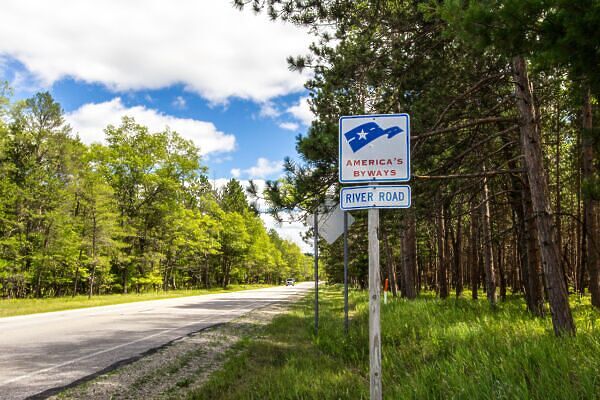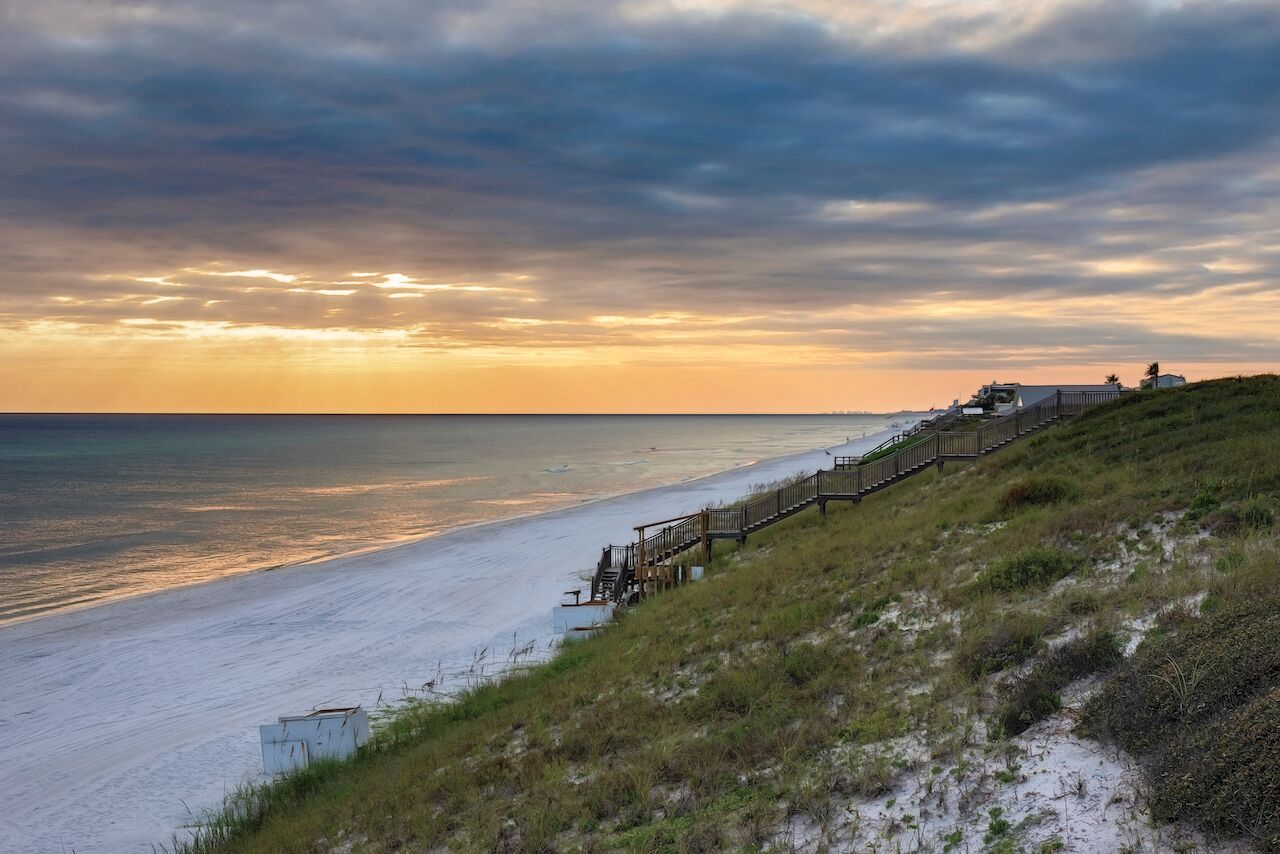In both popular culture and our imaginations, we tend to romanticize road trips as epic journeys across the nation’s vast highways. The only problem is, there’s nothing romantic about our nation’s highways. Either you’re sitting in bumper-to-bumper traffic as you pass through a major metropolis, or you’re the lone motorist on an eerily empty stretch of cornfield-lined pavement. We almost take for granted that the great American road trip should be on a highway – but we’re forgetting about a far more attractive alternative: scenic byways.
National Scenic Byways are officially designated roads that meet a set of government-defined criteria. To become a scenic byway, a road must be recognized for one or more of six “intrinsic qualities,” which include archaeological, cultural, natural, historic, recreational, or scenic significance. As their name suggests, these roads are the most scenic way to see the country by far. Here’s why your next road trip should be on a scenic byway.





